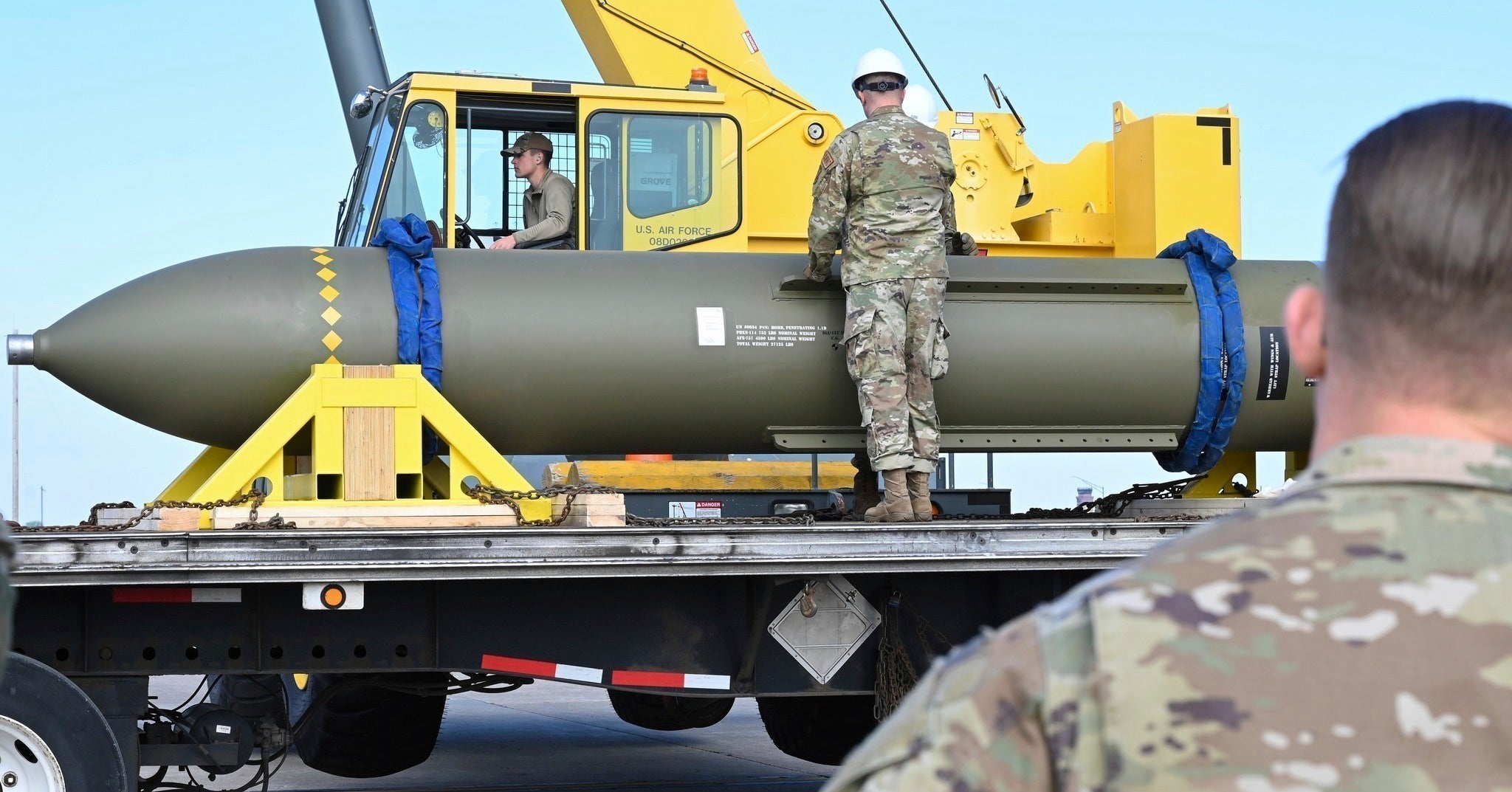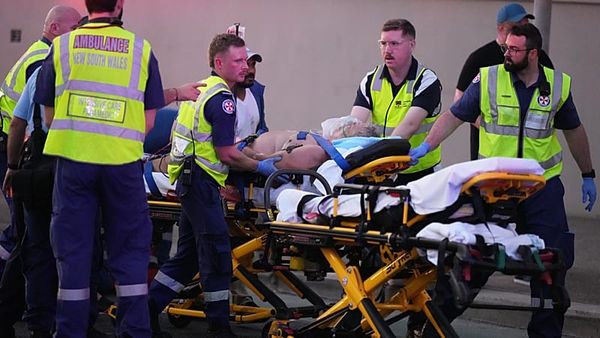Britain, France, Germany and the European Union are all rushing their foreign ministers to Geneva for talks with Iran in a desperate attempt to give peace a chance. But it is not clear that peace now is the best option.
A week into Israel’s bombardment of Iran, and its assassination of the country’s top nuclear scientists and securocrats, the Islamic state has tightened its grip – and the nuclear facility half a mile underground in Fordow remains intact.
If Iran is brought back to the negotiating table at Geneva, whatever it says, the past week has shown that the only hope for the survival of the current rulers of Tehran is for them to build a nuclear weapon.
From the Israeli and American perspective, the feeling may be that the only way to ensure this doesn’t happen is to double down on the targeting of Iran and change the regime.

On top of that, Russia, a close ally of Tehran and part of a Fearsome Foursome that also includes North Korea and China, will see diplomacy now as an opportunity to stop regime change and reinforce its waning influence in the Middle East.
Before the planned Geneva meeting, David Lammy said: “We are determined that Iran must never have a nuclear weapon.”
Trying to slow the sense of global war being imminent, Donald Trump has said that he’s pausing any decision on backing Israel for a couple of weeks because he wants to give diplomacy a chance.
In terms of strikes, the US has the only weapon that could, conceivably, destroy the Fordow nuclear facility, which is located 18 miles north of the central Iranian city of Qom and half a mile underground: the GBU-57/B Massive Ordnance Penetrator (MOP), a precision-guided “bunker-busting” bomb.
It weighs 13.6 tonnes, is 6.2 metres long but only 0.8m wide, and carries about 2.5 tonnes of explosive. It can penetrate 60 metres of rock before exploding, as it hits the ground like a needle travelling at around double the speed of sound.
It would take several MOPs to clear up Fordow and wipe away Iran’s nuclear programme – with no guarantee of a clean slate.

If the Iranian government that took power after the 1979 revolution – and maintains control through a vast network of military and security services underpinned by the Basij citizens’ militia – survived such an assault, it would be surprising if it did not secretly restart building nuclear weapons to ensure that Israel would think twice when it next considered bombing Iran’s capital and killing the country’s commanders.
“A window now exists within the next two weeks to achieve a diplomatic solution,” said Lammy. “Now is the time to put a stop to the grave scenes in the Middle East and prevent a regional escalation that would benefit no one."
But would it?
Assuming that Trump’s advisers have somehow got round the bizarre characters he has put in charge of defence (Pete Hegseth) and the intelligence services (Tulsi Gabbard), they will be helping him to wrestle with a conundrum.
Should America go back into the business of regime change – which failed horribly in Iraq and Afghanistan, and left both nations ruined, riddled with extremism, and deeply anti-American?
In theory, the US could join the Israeli effort at low physical risk to pilots; it could bomb Fordow, break the back of the regime, and stand back to watch Iranians themselves rise against their oppressors.
That’s what Benjamin Netanyahu would like.

Or the US could stay back, give Israel every help in defending itself against Iranian counterattacks, and hope that Iran’s ayatollah Ali Khamenei, who may be on an Israeli kill list, realises that the long-term survival of his regime may depend on it not returning to the pursuit of a nuclear weapon.
The gamble for the US is that the Iranian government will still harbour the dream of annihilating Israel and, unless it agrees to a 100 per cent intrusive inspection programme by nuclear experts 24/7, it can never be trusted not to clamber back onto a horse of the apocalypse.
Iran’s foreign minister, Abbas Araghchi, is expected to join the European talks in Geneva. They are an opportunity to shoulder the US out of talks, which the Trump administration hoped would persuade Tehran to give up its nuclear programme.
But Araghchi has also signalled that while Israel continues to bombard his country, Iran won’t get involved in diplomacy.

This is a moment when Russia can get back in the game. Moscow and Tehran are military bedfellows, sharing intelligence and missile technology, and Russia is Iran’s civilian nuclear power contractor.
Vladimir Putin lost his most valuable military foothold in the West – the port at Tartus – when Bashar al-Assad, Syria’s former dictator, fled to safety in Moscow. Assad was Iran’s most important regional client, and the regime also controls Hezbollah in Lebanon and Iraq.
Putin needs to get back in the game, and if he can bring the Iranians to the table, he can stymie US and Israeli hopes for regime change by making it impossible for America to join the bombing campaign while talks about peace are going on.
A third option for all is to jaw-jaw while really giving Israel’s war a chance.
Judge orders Columbia University student activist Mahmoud Khalil released from ICE
Israel-Iran latest: Huge explosion rocks Haifa after Tehran launches missile attack
Trump wants special prosecutor to investigate Biden’s 2020 election victory
Iran and Israel trade missile strikes as Europe begins negotiations with Tehran
Netanyahu: I understand the true cost of war - my own son had to postpone his wedding







